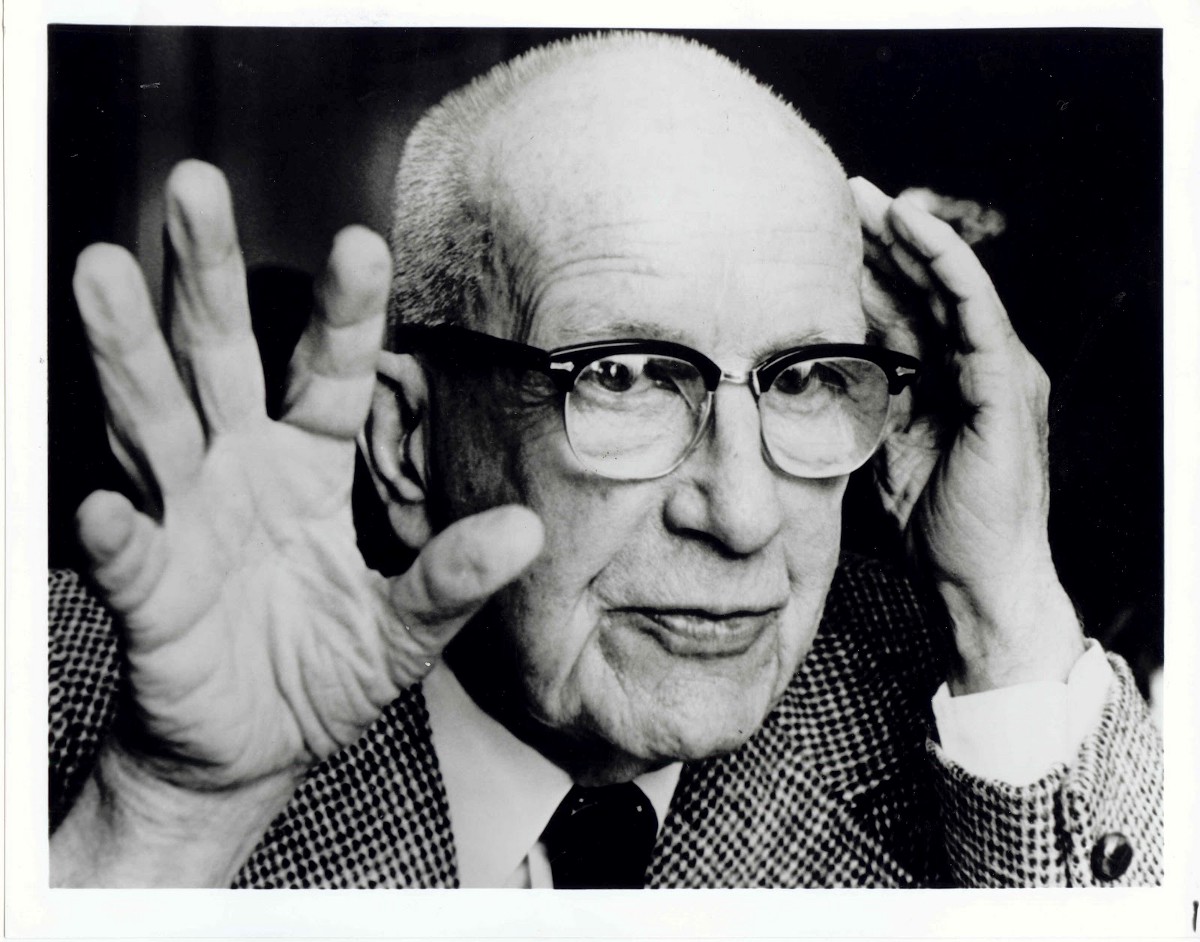

Buckminster Fuller
- The stability of the triangle
- The one quantum created in the tetrahedron
- How the icosahedron, the octahedron and tetrahedron create everything in the universe
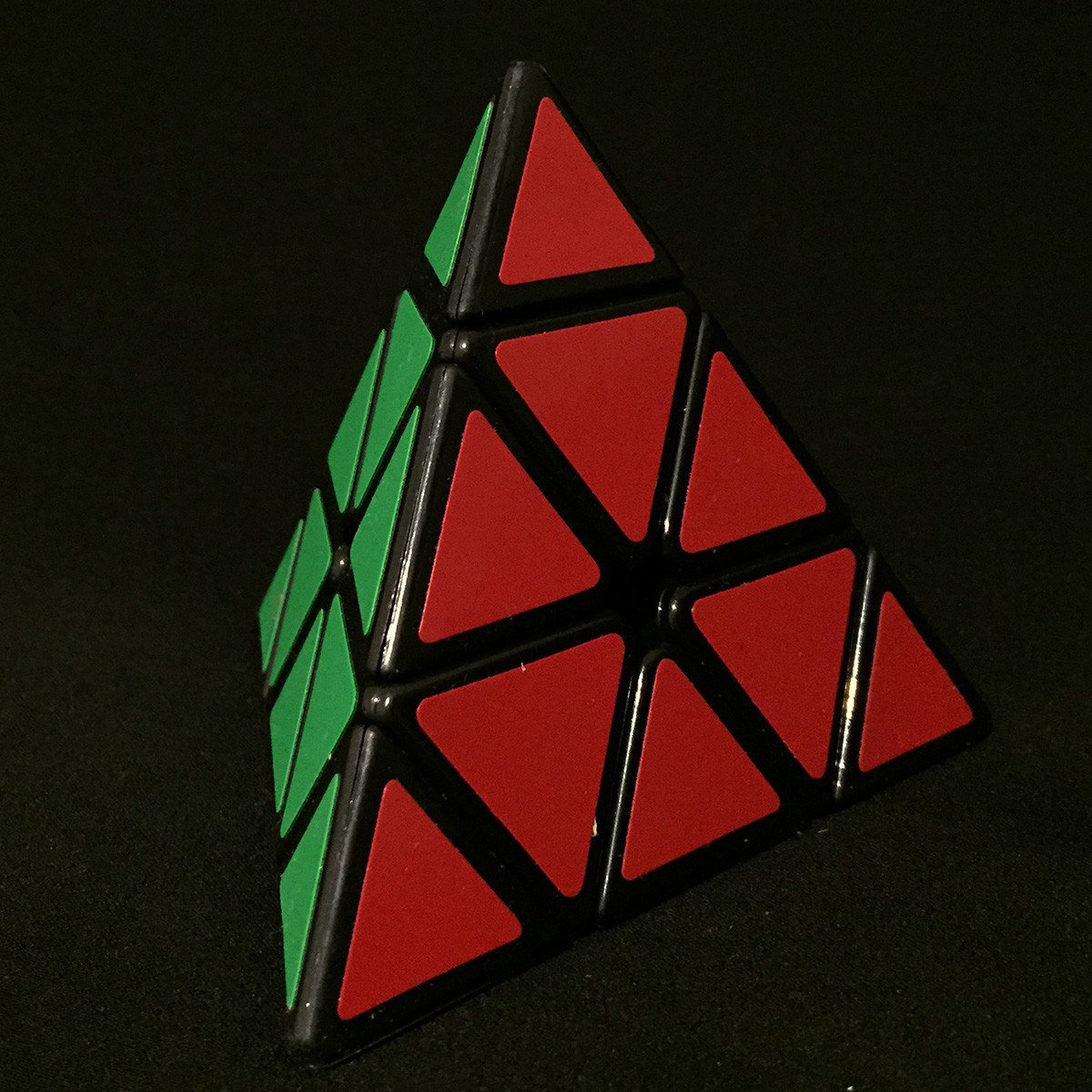
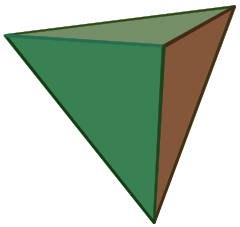
Four triangular faces along with six edges meeting at four vertices together describe the regular tetrahedron. The tetrahedron is the root of all entanglements that shape the perceivable bonds that hold life together in this dimension. The regular tetrahedron can be found at the source of all three-dimensional forms and is fundamental in the creation of all patterns and holographic configurations.
“All of the definable structuring of Universe is tetrahedrally coordinate in rational number increments of the tetrahedron. By tetrahedron, we mean the minimum thinkable set that would subdivide the Universe and have the interconnectedness where it comes back upon itself. The basic structural unit of physical Universe quantation, tetrahedron has the fundamental prime number oneness.”
Buckminster Fuller
“Within it (tetrahedron) lies the energy that holds all life together. The bonds that hold atoms, particles and molecules together, all the way down to nanoparticles and all the way up to macroparticles, are tetrahedral. Everything that exists as you conceive of it in a 3-dimensional world, is held together by these tetrahedral bonds.”
Buckminster Fuller
“The tetrahedron is a form of energy package. The tetrahedron is transformable…All of the definable structuring of Universe is tetrahedrally coordinate in rational number increments of the tetrahedron.”
Buckminster Fuller
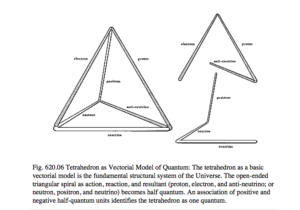
“Two Triangular Energy Events Make Tetrahedron: The open-ended triangular spiral can be considered one “energy event” consisting of an action, reaction and resultant. Two such events (one positive and one negative) combine to form the tetrahedron.”
Buckminster Fuller
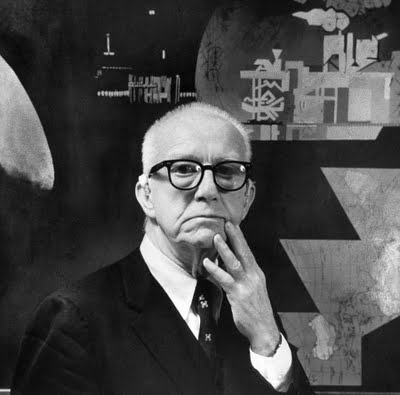
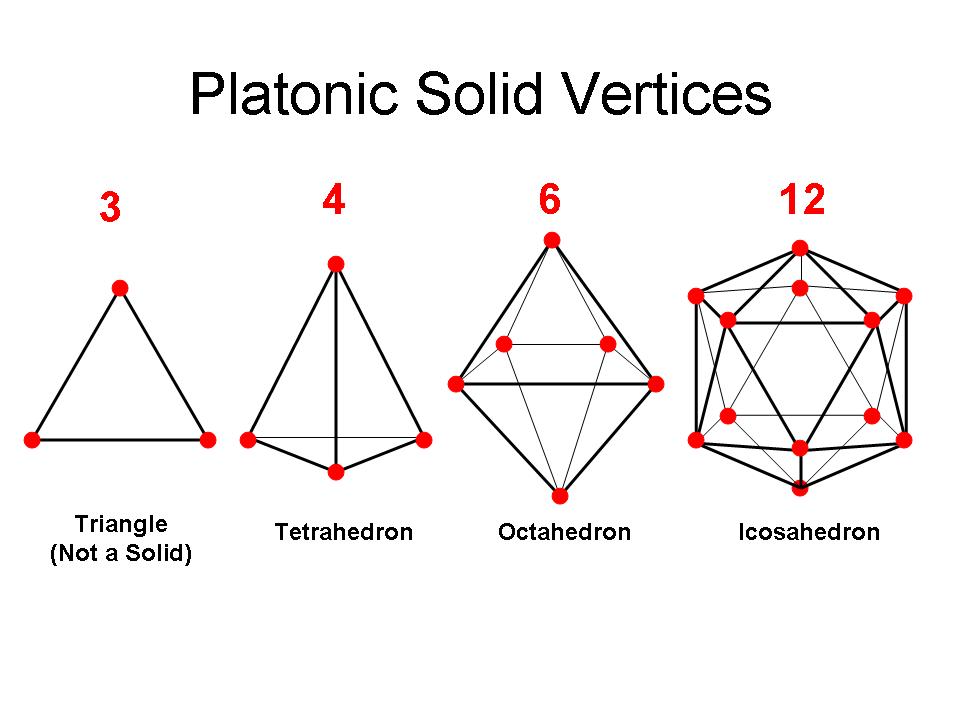
Buckminster Fuller proposed that there are three building blocks of the Universe: the tetrahedron, octahedron and icosahedron are the most important building blocks of nature. Fuller was the first to describe the tetrahedron as the simplest structural system with insideness and outsideness, and it was his most important building block, the form on which the rest of synergetic geometry hinged. The tetrahedron, with its four faces and four vertexes, was the three-dimensional form that could contain the least volume. It was the simplest “system” containing a set of relationships. Regardless of the earlier references to the family of regular polyhedra and their significance in life’s architecture on a moving, spherical earth, humans had latched onto the cube as the main building block of mathematics. For Fuller, the 90 degree angles of the cube were a side effect or “precessional effect” of various processes in a universe of angles, curves and arcs. His cube was inscribed by the duotet, two interpenetrating tetrahedra whose eight outer points met cube’s eight vertices and gave it an inherent stability.
Continue reading Buckminster Fuller – Building Blocks of the Universe